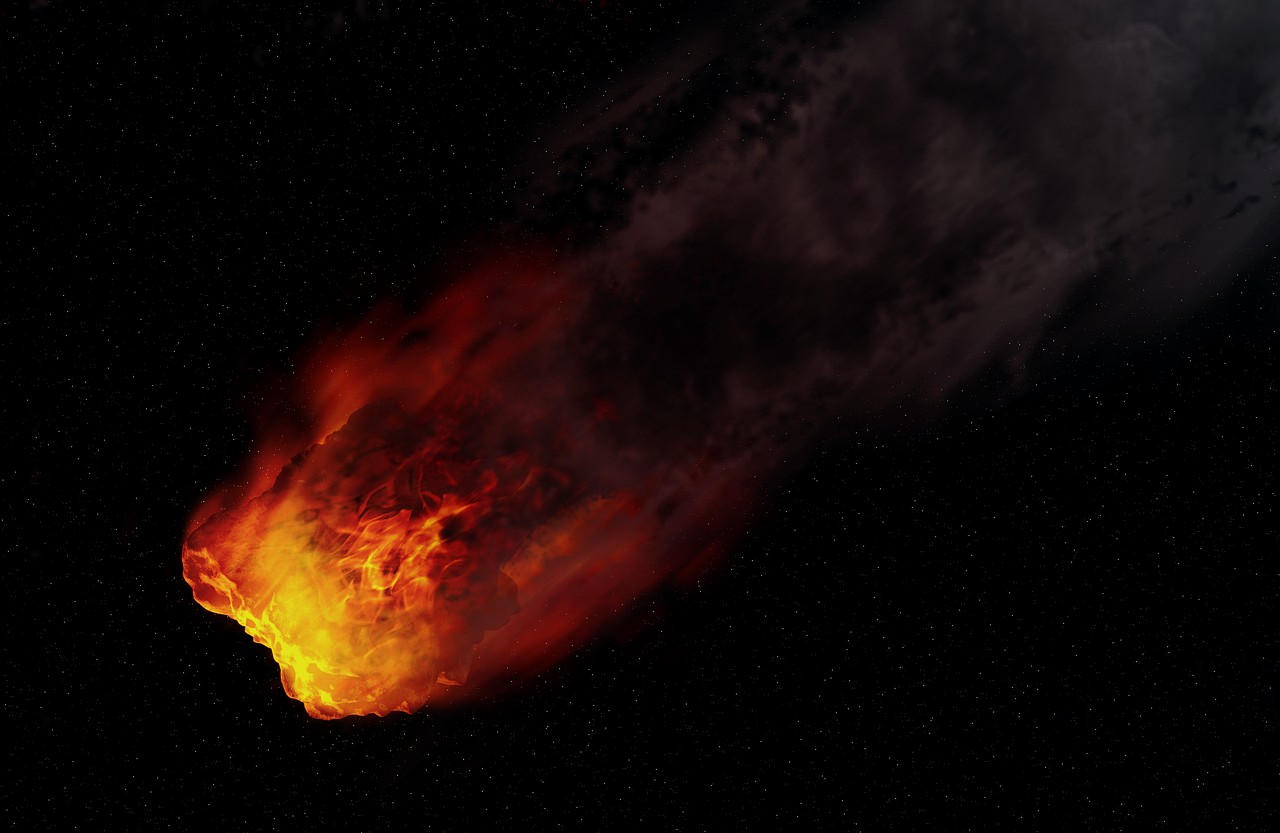A team of researchers announces that they have identified liquid water rich in carbon dioxide inside a meteorite formed 4.6 billion years ago 'years. This discovery suggests that its parent asteroid formed beyond Jupiter's orbit before closing in on the inner solar system.
Water, in any form, is ubiquitous throughout the solar system. You will find it on Earth, on the Moon, in the rings of Saturn, in comets, on Mars or even on Titan and Enceladus, to name but a few examples. Water is even present in more unlikely places. Traces of steam have indeed been detected in the burning atmosphere of Venus, or at the bottom of the craters of Mercury, which flirts with the Sun.
The researchers also spotted inclusions of liquid water inside salt crystals located in a class of meteorites called ordinary chondrites, which make up the vast majority of all meteorites recorded on Earth. Until now, however, this precious resource had never been found in carbonaceous chondrites meteorites. , formed very early in the history of the solar system. It is now done.
In a recent study, a team from Japan's Ritsumeikan University, led by Akira Tsuchiyama, used microscopy techniques to examine fragments of the Sutter's Mill meteorite. Formed about 4.6 billion years ago , at the dawn of the solar system, the rock had ended its journey on Earth in 2012, near Sacramento (United States). These analyzes made it possible to isolate a small calcite crystal housing a tiny pocket of liquid water containing at least 15% carbon dioxide .

The presence of liquid water inclusions in the Sutter's Mill meteorite has some interesting implications regarding the origins of this meteorite's parent asteroid. In view of these results, the researchers believe that the object was probably formed from fragments of frozen water and carbon dioxide. If this is the case, it means that it developed beyond the orbit of Jupiter, to then migrate towards the interior of our system under the gravitational effects of the giant.
This exciting new work therefore expands our understanding of how the planets evolved in our solar system. It should also be remembered that this primitive water could also have helped to "hydrate" the Earth several billion years ago, ultimately contributing to the appearance and development of life.